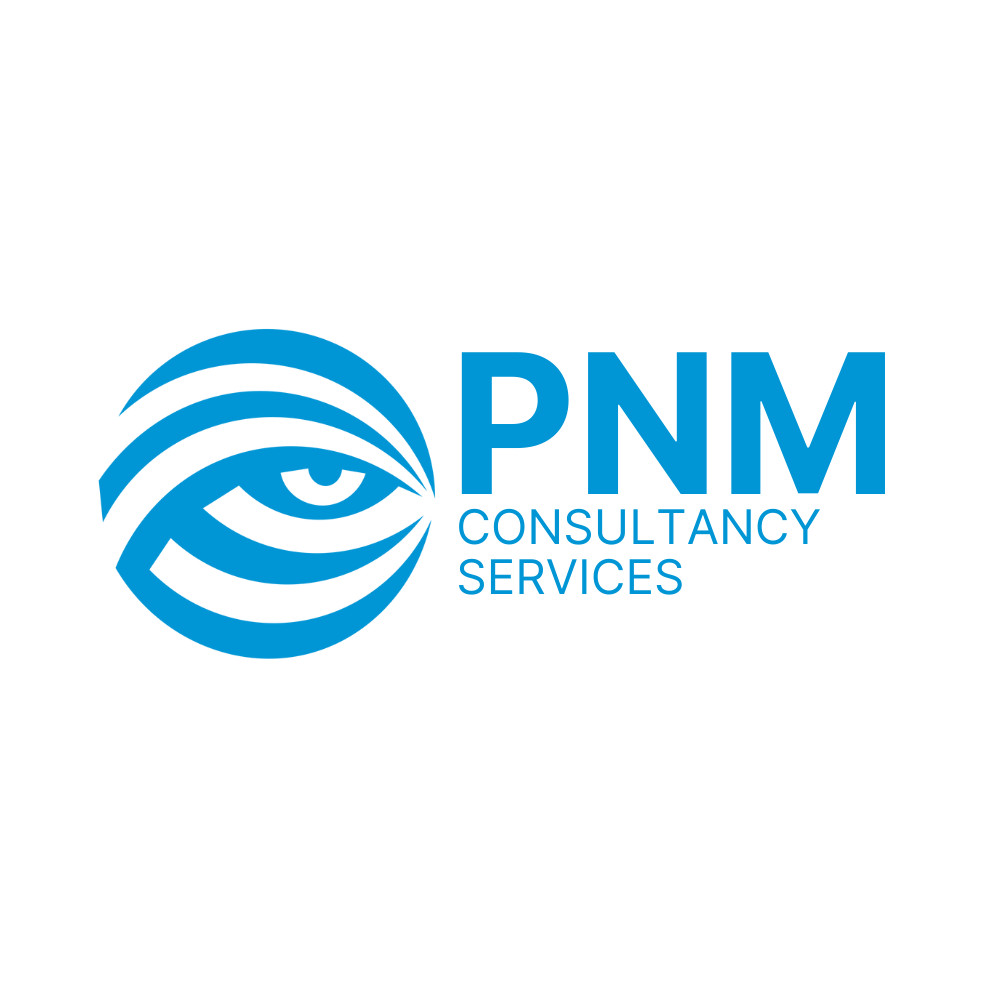At PrimeFour Consulting, our Transfer Pricing service in the UAE is an integral part of our tax consultancy offerings. Let's break down what transfer pricing means in a way that's easy for businesses of all sizes to understand:
Transfer pricing is like the internal pricing system within a family of companies. Imagine different branches or subsidiaries within the same group buying and selling goods or services to each other. The price at which these transactions happen is called the "transfer price." This price is usually based on what the market would charge for the same goods or services.
For instance, if one part of your business produces a product and another part sells it, the transfer price would be like the internal cost or value assigned to that product within your company. Multinational corporations use transfer pricing to allocate profits among their various entities for tax purposes.
We, at PrimeFour Consulting, help businesses navigate the complexities of transfer pricing. Our goal is to ensure that the transfer prices within your company align with market standards, providing a fair and reasonable basis for profit allocation.
We ensure that the transfer prices set within your company are in harmony with market prices, promoting fairness and transparency.
Our services help multinational corporations allocate profits among different entites, ensuring compliance with tax regulations.
Transfer pricing can seem complex, but with PrimeFour Consulting, we simplify the accounting methods involved, making it easy for businesses to manage.
In essence, PrimeFour Consulting is here to make transfer pricing a straighƞorward and beneficial aspect of your business strategy in the UAE. We work to ensure that your internal transactions are not only efficient but also compliant with tax requirements in the region.
Request for Our
Free Consultation
Don’t miss out – take advantage of our free consultation and take the first step towards achieving your goals
Transfer pricing is about deciding fair prices when entites within the same multinational group exchange goods, services, or intellectual property. It is crucial for-profit allocation, tax responsibilities, and following regulations across different countries. Ensuring fair taxation helps manage legal risks, supports accurate financial reporting, and influences operational decisions for effective global business management.
Controlled transactions are exchanges between entities within the same multinational group. These transactions are considered "controlled" because the involved entites can influence each other's decisions. In transfer pricing, specific rules ensure that the prices set for these transactions follow the arm’s length principle.
The arm's length principle states that prices or terms in controlled transactions should resemble what unrelated parties would agree upon in an open market. This prevents artificial pricing within a group to shift profits or evade taxes.
Transfer pricing documentation includes a master file detailing the global operations and a local file with specifics about transactions in a particular jurisdiction. Additionally, a country-by-country report offers an overview, and supporting documentation backs up the company's transfer pricing decisions.
Disputes can arise if tax authorities question the fairness of transfer pricing. Proper documentation and adherence to the arm's length principle help prevent and resolve these disputes.
Strategic transfer pricing planning involves aligning pricing policies with business goals and international tax regulations. This includes analysing value creation, assessing risks, defining clear roles for entites, selecting appropriate pricing methods, documenting policies thoroughly, engaging in Advance Pricing Agreements (APAs), and maintaining consistency across jurisdictions. Developing transparent relationships with tax authorities and continuous monitoring with adjustments ensure effective and compliant transfer pricing

CEO, Exavibes
Working with Prime4 Consulting to establish our office in Dubai was a game-changer for us. Their team provided invaluable support throughout the entire process, from navigating legal requirements to finding the perfect location. Thanks to their expertise and dedication, we were able to smoothly expand our operations into Dubai and hit the ground running.

Founder & Director, Moods Investment Research Inc.
PrimeFour Consulting provided excellent guidance for setting up my company in Dubai and registering for VAT/Tax. Highly recommended!

Director, PNM consultancy
PrimeFour and its team have been instrumental in supporting our business ventures in the UAE and Middle East. Their exemplary service and dedication have consistently exceeded our expectations. With their expertise and guidance, we've navigated through complexities seamlessly, achieving remarkable results. PrimeFour's commitment to excellence and client satisfaction is truly commendable. We highly recommend PrimeFour to anyone seeking reliable and top-notch business support in the region.

Managing Director – Equinox
I have engaged Mr. Asif from PrimeFour Consulting in the UAE, and he has been an incredible ally in setting up our entities. His local knowledge is unparalleled. I highly recommend PrimeFour Consulting for Business Setup, Corporate Tax, and Management consultancy.

Zeptium Technologies LLC– Sales Manager
I have been thoroughly impressed with the exceptional service provided by PrimeFour Consulting. Their team has been incredibly prompt in responding to all my queries, ensuring that every concern is addressed with clarity and professionalism. I especially appreciate the valuable guidance I received regarding corporate tax filing process. PrimeFour Consulting has truly been a reliable partner in navigating the complexities of tax regulations, and I would highly recommend their services to any business looking for expertise and efficiency.

Consultant
I raised a query about the Corporate Tax registration process and deadlines with PrimeFour Consulting. They responded promptly with a professional and thorough explanation, addressing all my concerns. Excellent and efficient service from the PrimeFour Consulting team!

Consultant
PrimeFour Consulting provided exceptional support for my new company formation query. They offered a range of options with transparent pricing, making the entire process clear and straightforward. Their team followed up promptly to ensure I had all the necessary information. Excellent professionalism and prompt service.